Review Summary
Expert Rating
Vivo’s X series is still quite fresh in India, having been introduced in the country in 2019. Within this span, the brand has managed to release some impressive flagship phones focused on top-notch cameras for photography enthusiasts. With the Vivo X90 Pro (review) last year, we got a phone that wasn’t just about the cameras but the design and hardware as well, all of which made for an impressive package. We now have the Vivo X100 Pro in India that aims to one-up what the Vivo X90 Pro offers.
Table of Contents
Verdict
The Vivo X100 Pro is quite easily one of the best camera phones in the market right now, offering a versatile triple rear camera system backed by ZEISS. In addition to a reliable camera system, the Vivo X100 Pro also delivers a stunning display, fast and smooth performance with the Dimensity 9300 chipset, and blazing-fast charging, among other things.
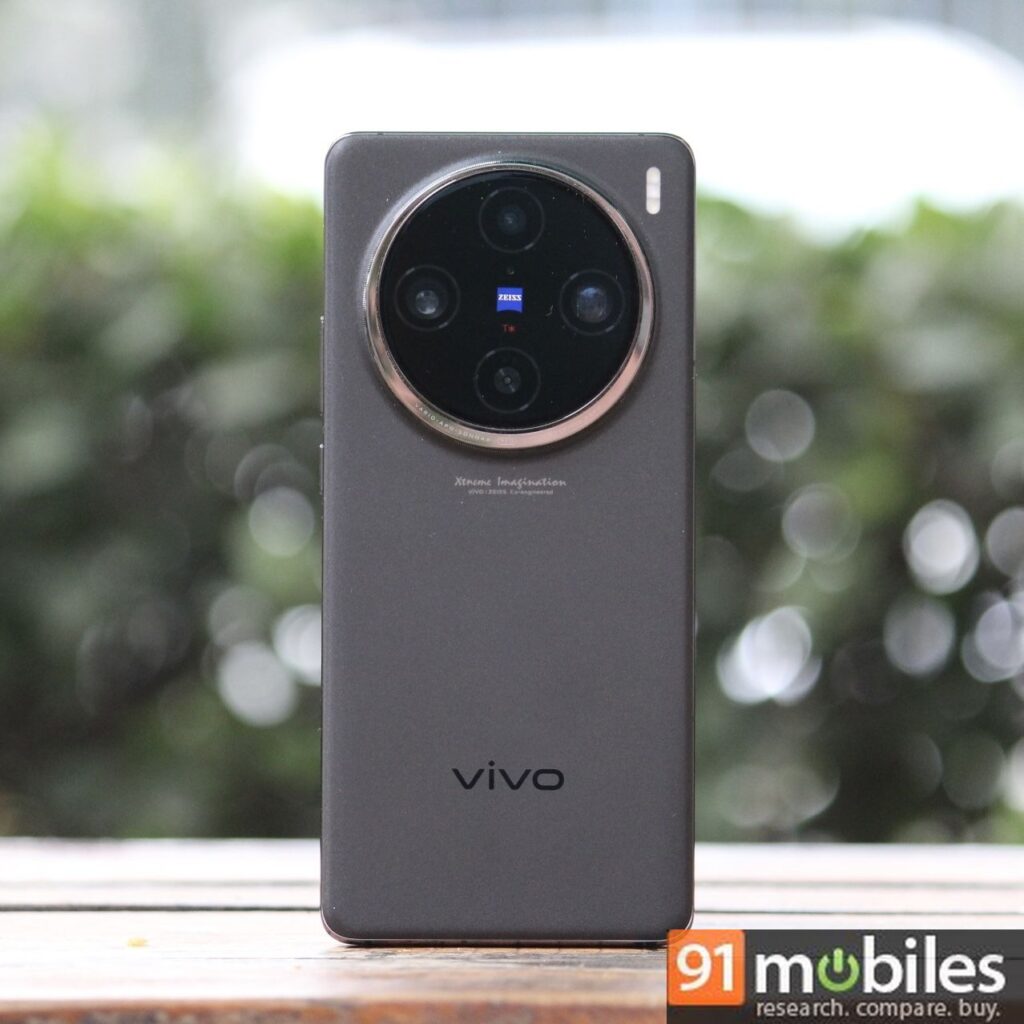
Design and display
- 6.78-inch FHD+ AMOLED display
- 120Hz refresh rate, 3000 nits brightness
- Fluorite glass back, 225 grams weight
- Colour: Asteroid Black
- IP rating: IP68 dust and water resistance
While the Vivo X100 Pro tries to retain some of the overall design language of the X90 Pro, there are some noticeable changes as well. The biggest one is the rear camera module which is bigger now to house larger sensors. There are some interesting things to note about the rear camera design. Firstly, the mirror-finish stainless steel outer case has a crescent shape in the style of a sun halo design, which means it’s not uniform and the lack of this could trigger some people! The edges are rimmed in a way that’s inspired by bezels on Rolex watches. The rear camera module protrudes enough to make the phone sit at an angle on a flat surface.

The fluorite glass panel on the back has a matte finish instead of the vegan leather we saw on the X90 Pro. I liked the leather finish more as it offered a kind of premiumness you don’t feel on a regular glass back phone. That said, the Vivo X100 Pro is still a good-looking phone that feels great to hold, albeit extremely slippery to the touch. Many folks out there will want to slap on the cover that comes in the box. The phone is on the heavier side at 225 grams likely due to a larger battery and bigger camera module.
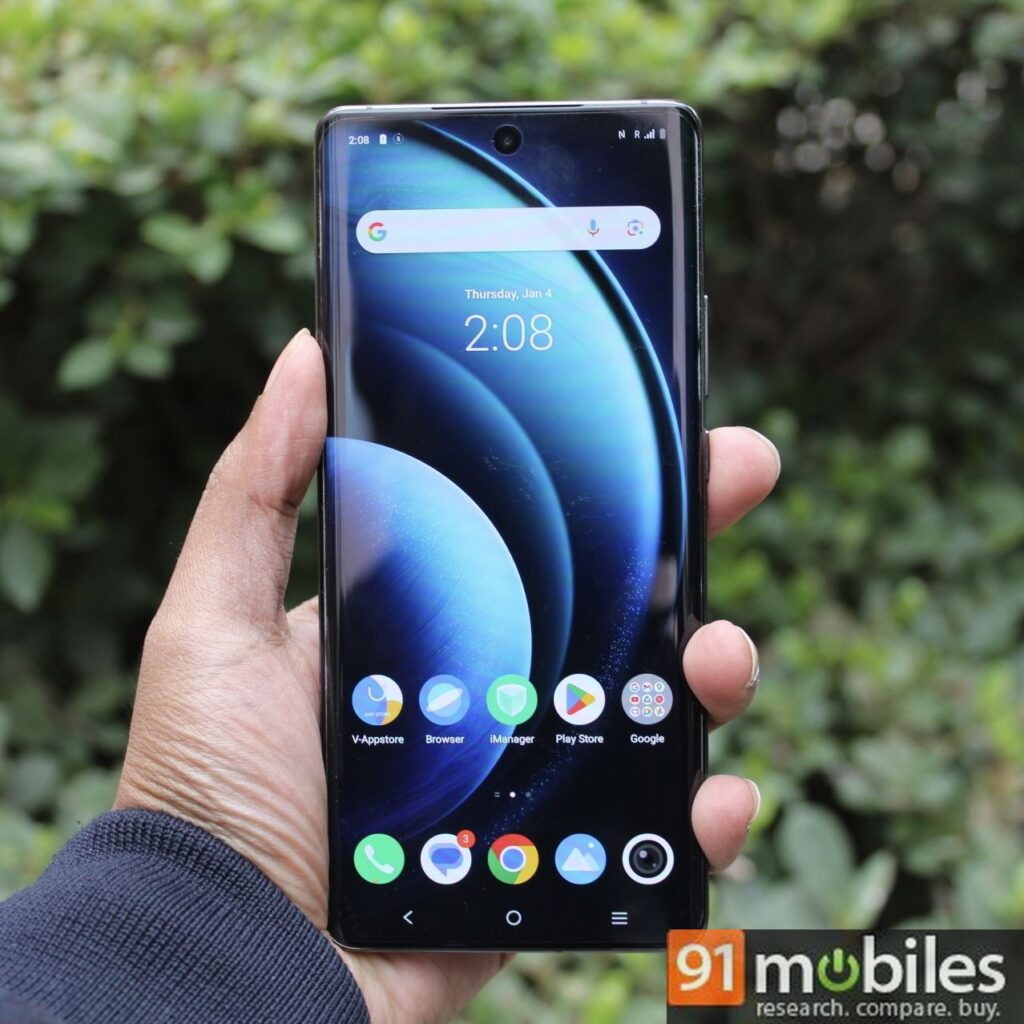
Coming to the display, you get a 6.78-inch FHD+ AMOLED display using an 8T LTPO panel from BOE. The display supports up to 120Hz refresh rate, 100 percent DCI-P3 colour gamut, and a whopping 3000 nits peak brightness. The screen has some curvature on the sides and largely slim bezels all around the display. All of this combined offers an excellent viewing experience with plenty of sharpness, brightness, vibrant colours, and good viewing angles. The display also offers up to 2,160Hz PWM Dimming that reduces screen flicker and helps protect the eyes.
Cameras
- Rear: 50MP IMX989 primary sensor + 50MP ZEISS APPO Floating Periscope lens + 50MP ultra-wide angle lens
- Front: 32MP sensor
The Vivo X100 Pro is largely about its versatile ZEISS-backed cameras. The rear camera module includes three 50MP sensors to offer consistency across different modes. There’s a lot to unpack here so before we get to it let me tell you that the cameras are fantastic.
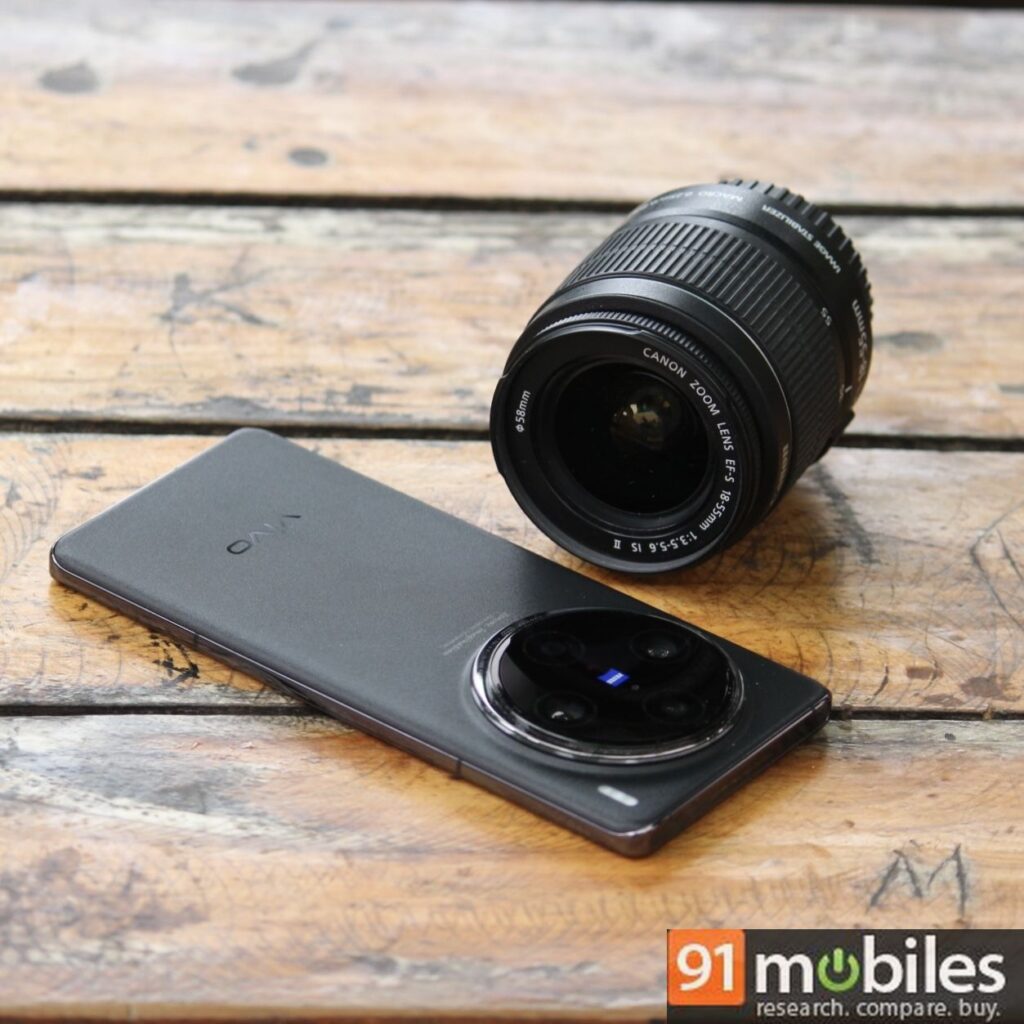
Starting with the 50MP main camera, you get a 1-inch Sony IMX989 sensor that can deliver crisp and vibrant photos in outdoor daylight conditions with excellent dynamic range. You won’t find any visible noise in the photos you take with plenty of light around. Shooting in 4.3x optical zoom using the telephoto lens also delivers equally good details and dynamic range, which is great for when you want to capture some quick close-ups. The main camera does extremely well in low light conditions as well with little visible noise. I took some night shots in a vibrant street in Hong Kong and they looked terrific. Take a look.
The camera app is easy enough to navigate, with a carousel to switch between Photo, Video, Portrait, Night, Cinematic Portrait Video, and more. You get preset zoom levels of 2x, 4.3x, and 10x, as well as 0.6x ultra-wide. The flower icon at the top of the viewfinder activates the Supermacro mode, which comes in handy if you want to capture close-up shots of flowers, insects, or food—hopefully not all in one!
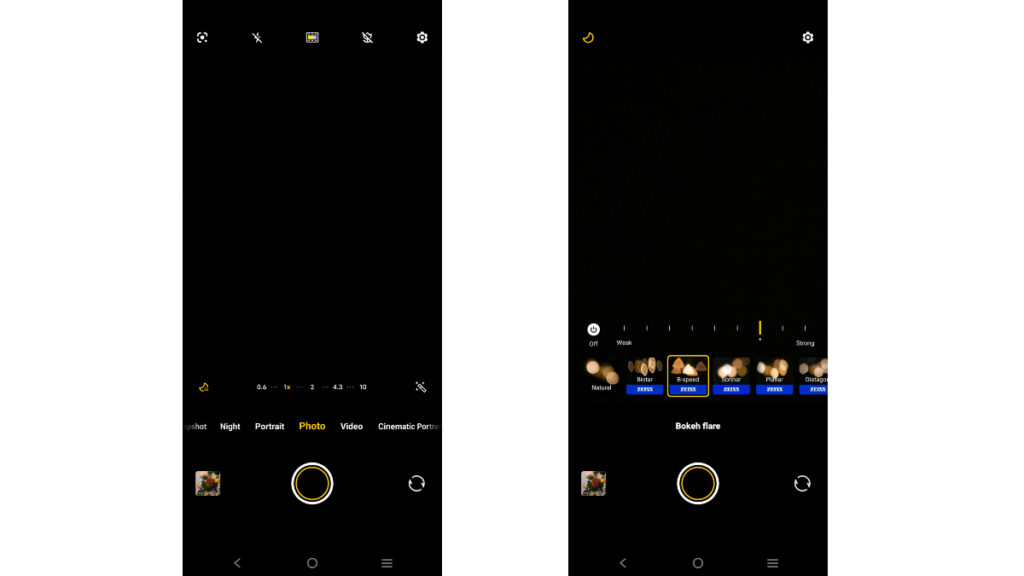
The wide-angle lens does its job well enough in the daylight, offering a 119-degree field of view that manages to stay largely consistent with the main camera in terms of colours, although there were some occasions, especially in low light, where the overall brightness seemed muted compared to a regular photo of the same scene.
The telephoto camera is where the real fun begins! The 50MP floating telephoto lens can capture 4.3x optical zoom, which works flawlessly in most lighting conditions. The lens is capable of going all the way up to 100x digital zoom, but I rarely found myself wanting to take 100x shots. It is in the 4.3x and 10x zoom levels where you really get the best output. Stabilisation is good here, allowing you to capture some crisp zoom shots.
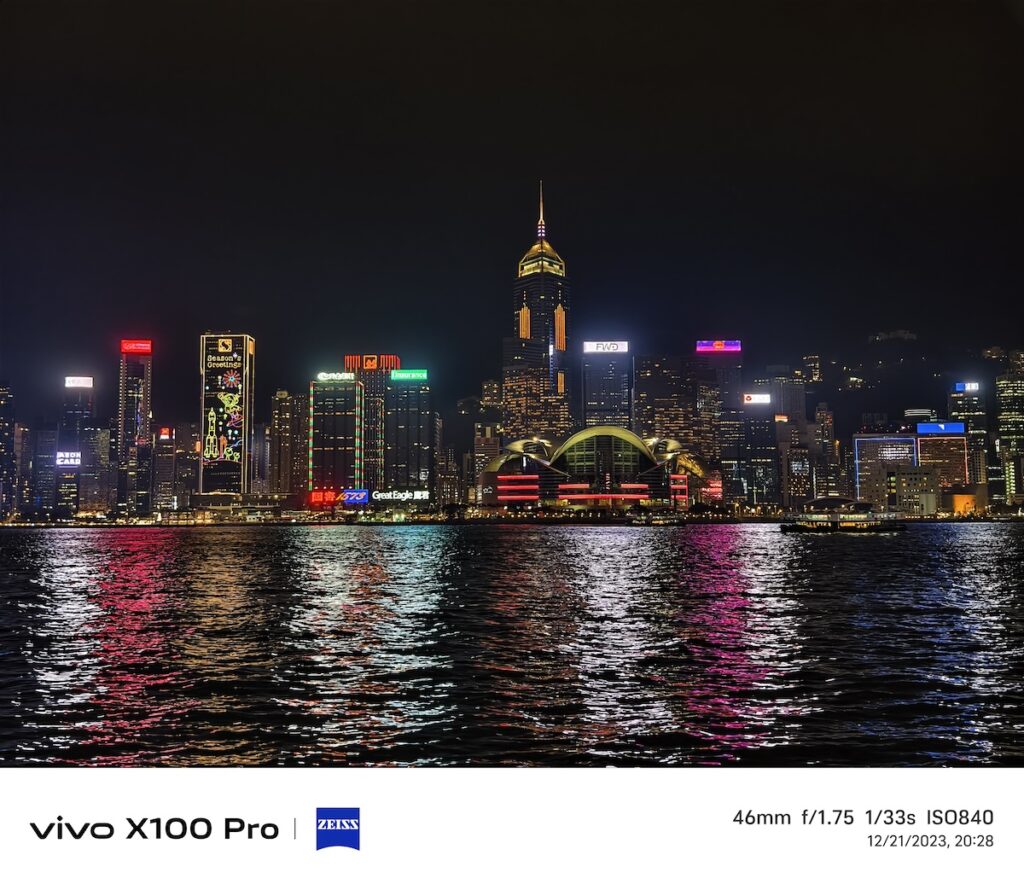
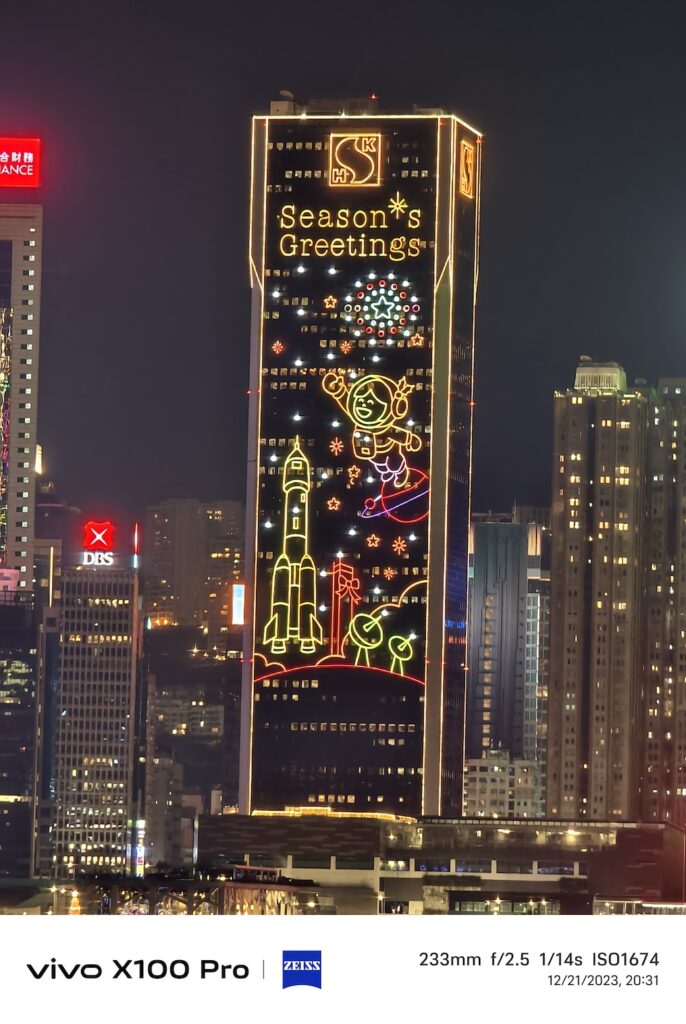
A big supporting feature here is the Multi-Focal Portrait mode. In addition to the multiple focal lengths of 24mm (1x), 35mm (1.5x), 50mm (2.2x), 85mm (3.7x), and 100m (4.3x) you get for taking portrait shots, Vivo has also baked in ZEISS-style portraits like Distagon, B-Speed, Biotar, Planar, Cinematic, and B-speed. By combining both the focal lengths and ZEISS Portrait styles, you can capture some really attractive portrait shots in daylight and low-light conditions.
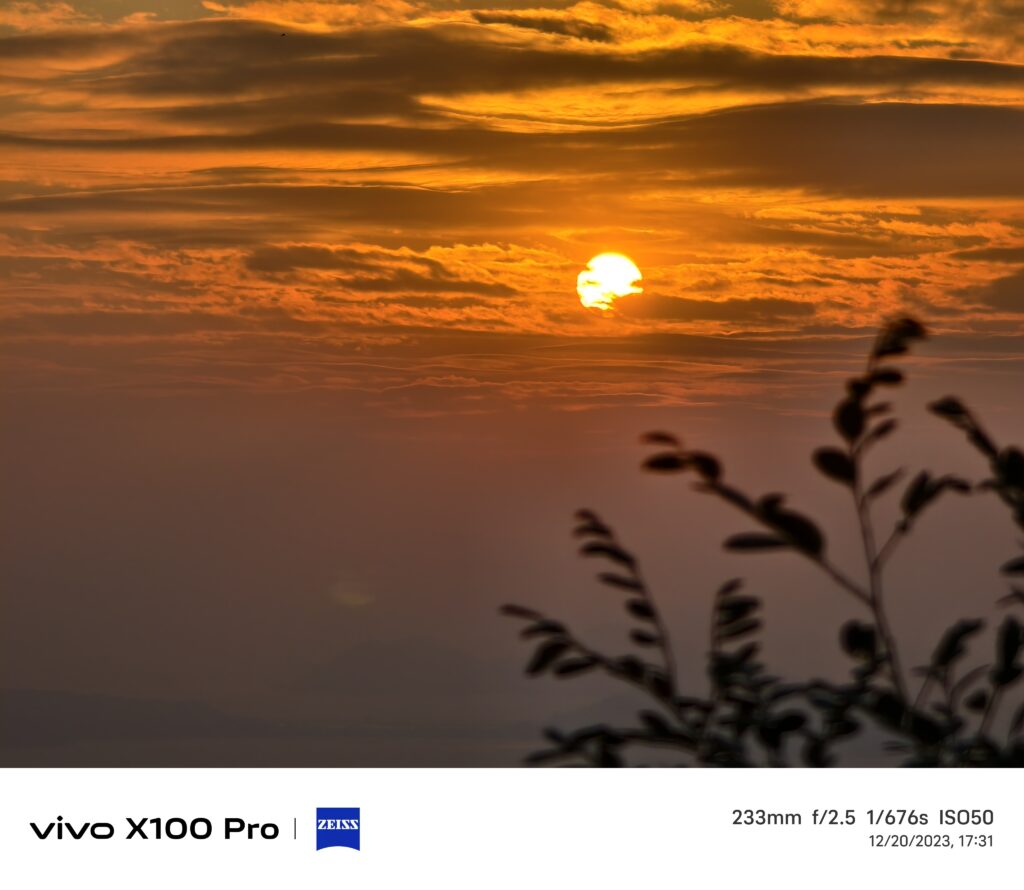
Performance and software
- MediaTek Dimensity 9300
- 16GB LPDDR5X RAM, 512GB UFS 4.0 storage
- Android 14 with Funtouch OS 14
The Vivo X100 Pro is the first phone in India to get the new MediaTek Dimensity 9300 chipset. This is a flagship chipset from MediaTek that runs on all big cores: 4 Cortex-X4 performance cores up to 3.25GHz and 4 Cortex-A720 efficiency cores up to 2.0GHz. On AnTuTu, the chipset scored 2,010,948. On Geekbench, we got scores of 2210 and 6821 in single-core and multi-core scores, respectively. These scores tell us that the chipset closely rivals the Snapdragon 8 Gen 3, which scored 2,073,660 on AnTuTu and 2223 and 6799 on Geekbench with the iQOO 12. As far as benchmark tests go, the Snapdragon 8 Gen 3 wins overall, but the Dimensity 7300 does better in some aspects, like AnTuTu CPU and Geekbench multi-core tests.
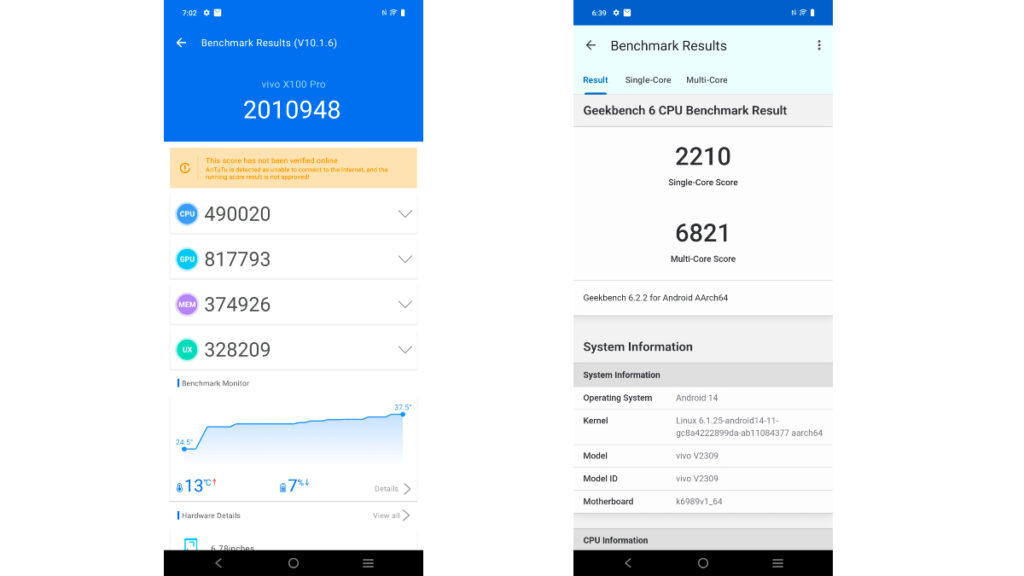
In real-world usage, you won’t be able to tell the difference between the two chipsets. The Vivo X100 Pro is easily one of the fastest Android phones in the market right now and it delivers a smooth multitasking experience thanks to 16GB of onboard memory. Throughout my time with the device, I didn’t face any lag or slowdown in any of the apps I frequent, be it Twitter, Gmail, WhatsApp, or Chrome. The chipset runs demanding games like Call of Duty: Mobile in the highest graphics settings without breaking a sweat or heating the device.
The Vivo X100 Pro ships with Android 14-based Funtouch OS 14, which is largely similar to Funtouch OS 13 seen on the X90 Pro last year. It’s a relatively clean UI with some pre-loaded apps like Candy Crush, Block Blast, and PhonePe as well as Vivo’s suite of apps. The third-party apps can be uninstalled if you prefer a more stock look. Funtouch OS brings a bunch of customisability features such as the Material You-like colour picker for the system and app UI, customisable clock styles on the lock screen, new always-on display styles, etc. You will need to spend some time tweaking the UI to your taste, after which FuntouchOS can seem smooth to use.
Battery life
- Battery: 5,400mAh
- Fast charging: 100W wired, 50W wireless
- 0-100% charge time: 30 minutes
The Vivo X100 Pro packs a significantly bigger 5,400mAh battery compared to the 4,870mAh cell inside the X90 Pro. This bump gives the Vivo X100 Pro enough juice to last a full day and then some on moderate to high usage. I’ve already mentioned that the MediaTek Dimensity 9300 is a performance-heavy chipset running on high cores and this tends to consume battery more rapidly when using intensive apps like graphically demanding games, cameras, etc. So the battery life you get will vary depending on the kind of apps you use on a given day. In our PCMark Battery test, the Vivo X100 Pro lasted a little over 16 hours, which is quite respectable.

While you do get a 120W charging brick in the box, the Vivo X100 Pro only supports up to 100W charging speeds. This is a minor drop over the 120W support on the Vivo X90 Pro. Vivo told 91mobiles that this was done to ensure efficient heat dissipation when charging to maintain the battery’s health. In real life, you won’t be able to tell the difference in charging speeds as the Vivo X100 Pro takes 20 minutes to charge to 80 percent and just 30 minutes to reach 100 percent. The flagship also supports 50W wireless charging, which is neat.
Final verdict
The Vivo X100 Pro is an example of the brand moving in the right direction. The flagship phone nails almost every aspect, offering a terrific and versatile camera system, a stunning AMOLED display, and superfast charging speeds. The MediaTek Dimensity 9300 is a capable flagship chipset, delivering a fast-paced performance that squares up to the Snapdragon 8 Gen 3 SoC. The icing on the cake is a large 5,400mAh battery that can last a day and a half on moderate to high usage.
Priced at Rs 89,999, the Vivo X100 Pro is on the pricier side and competes with the likes of the iPhone 15 Plus and Samsung Galaxy S23 Ultra. I can safely say that the Vivo X100 Pro manages to hold its own and is a good option for those looking for the best cameras on a phone in 2024. And while the Dimensty 9300 is a good performer, you can get the iQOO 12 at a much lower price point, if what you’re looking for is performance over everything else.
Editor’s rating: 8.5 / 10
Reason to buy Vivo X100 Pro
- Excellent rear cameras, especially the telephoto lens with ZEISS-specific features.
- Bright and vivid AMOLED display that delivers good sharpness and viewing angles.
- Fast and powerful MediaTek Dimensity 9300 chipset that can handle pretty much any task.
- 120W fast charging support and a large battery for a reliable backup.
Reasons not to buy Vivo X100 Pro
- Selfie camera tends to soften selfies and blow out highlights in low-light conditions.
- The matte glass panel on the back is extremely slippery and will require a case.
 vivo X100 Pro 5G vivo X100 Pro 5G | vs |  Apple iPhone 15 Plus Apple iPhone 15 Plus |
 vivo X100 Pro 5G vivo X100 Pro 5G | vs |  Samsung Galaxy S23 Ultra 5G Samsung Galaxy S23 Ultra 5G |




![[Exclusive] iQOO is evaluating launch of gaming tablet in India Thumbnail](https://www.91-cdn.com/hub/wp-content/uploads/2024/04/Vivo-Pad-3-Pro-as-iQOO-Pad-2.png?tr=h-110,q-100,pr-true)
![[Update] Vivo V30e India launch date announced; key specifications and features revealed Thumbnail](https://www.91-cdn.com/hub/wp-content/uploads/2024/04/Vivo-V30e.jpg?tr=h-110,q-100,pr-true)







